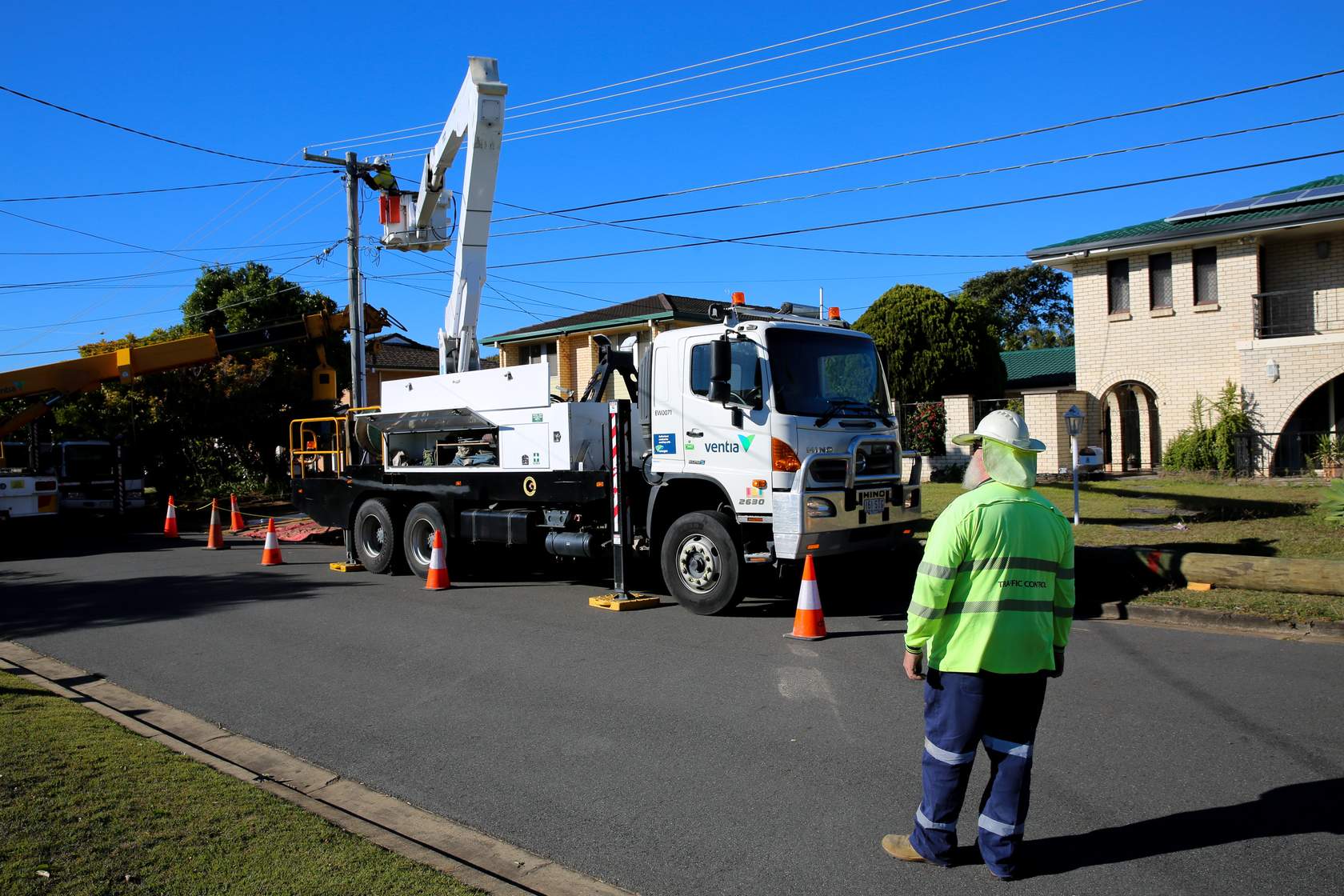
Have you asked the right questions to keep yourself and others safe for life
- Do I have a rescue plan for my work at height activity?
- Do I know how to correctly fit and attach my fall protection equipment?
- Have I checked that the anchor point or static line is installed correctly?
- Have I checked that the scaffold is safe to use?
- Have I checked the ground conditions and EWP load capacity before using an EWP?
- Can I use a ladder without exposing myself to a fall risk?
- Have I put in place controls to prevent and manage dropped objects (e.g. tool lanyards, screens, exclusion zones)?
- Am I protected from floor/roof openings?
- Do I have a buddy nearby?
Mandatory Safety Rules
- Protect yourself against a fall and prevent dropped objects
- Never enter an exclusion zone without authorisation
- Operate plant within defined safety limits
- Never work or travel under a suspended load
- Treat all services as live and maintain the safe approach distance

Working at Height Best Practices

Risk Assessment Risk Assessment/ Permit & SWMS, in place, and rescue plan where personal fall protection equipment is required and where EWPs used near potential crush zone hazards.
Competency Persons trained and competent to carry out works at height, operate EWPs or erect scaffold.
Anchor Point Always wearing fall protection & tied-off to an approved anchor point when outside a protected area.
Dropped Objects Exclusion zones in place below, and tool lanyards, signs & barriers in place.
Fir for Purpose Equipment All plant and equipment (e.g. anchor points, static lines, scaffolds, EWPs) is fit for purpose and certified as suitable by a competent person.
Lone Working Persons not working alone or in isolated locations when working at height.

Ladder Suitable for task and set-up correctly; not working from ladder unless approved via risk assessment.
Openings Protection from all floor and roof openings, and where guardrails are removed..
